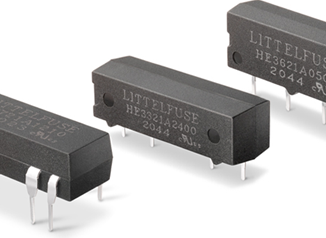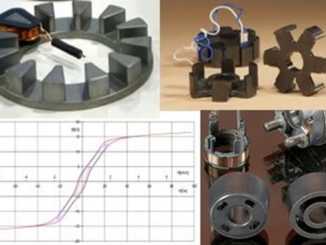Ames Lab scientist Matt Kramer operates the Lab’s transmission electron microscope. Various equipment options allow scientists to probe different aspects of a material. In scanning mode, or scanning transmission electron microscopy (STEM), the electron beam is scanned back and forth across the sample.

Materials scientist Matthew Kramer of DOE’s Ames Laboratory is teaming with scientists at Pacific Northwest National Laboratory to develop a new material based on manganese as a rare-earth-free alternative to permanent magnets that contain neodymium and dysprosium. These manganese composite magnets hold the potential to double magnetic strength relative to current magnets while using raw materials, such as iron, cobalt, chrome and nickel that are abundant and less expensive than current permanent-magnet materials.
Kramer says Ames Lab’s part of the project will take advantage of the Lab’s expertise in computational materials science. As he explains it, one of the major obstacles to coming up with any new alloy is finding a faster approach to looking at new materials. Kramer hopes to speed up the process of developing new alloys by using computational tools to guide materials selection. He says the current suite of computational tools allow scientists to begin doing “what if” scenarios much more effectively than in the past, both in terms of accuracy and the complexity of the materials being analyzed.
“By using computers to do materials research, we hope to short-circuit the traditional Edisonian process, which consists of going into the lab, trying a couple of ideas, measuring a few things and, if finding that doesn’t work, going back and doing it again,” he said.
In addition to Kramer, two other Ames Lab scientists, Duane Johnson, chief research officer, and Vladimir Antropov, physicist, will be investigating “density function theory codes,” which will allow them to quickly assess the key chemistries and structures in the new alloys. These computer codes will allow scientists to make different substitutions within the element’s structures. By understanding this, Kramer says “scientists can focus on improvements that can be made to the alloy’s composition that will provide the biggest boost to its magnetic properties, which is critical to the success of the project.”
Other partners in the ARPA-E project include Electron Energy Corp, United Technologies Research Center, the University of Maryland and the University of Texas at Arlington. The partners will be doing things like materials synthesis, combinatorial synthesis and materials processing.
If successful, the manganese composite magnets could reduce U.S. dependence on expensive rare-earth material imports and reduce the cost and improve the efficiency of green-energy applications, such as wind turbines and electric vehicles.



